Americans love their sugar. The ingredient, which many studies have linked to obesity and premature death, is included in almost every food and drink sold in America. Because sugar is extremely addictive – think crack and heroin – food manufacturers load it into their products, hoping that it will hook consumers for life. In many cases, it works like a charm. While American consumers are glutted with sugar and chemical additivities, food activists created a simple chart to show Americans how manufacturers “poison consumers” in the United States.
Vani Hari, who describes herself as a “food activist,” decided to compare the ingredient lists of common junk food items sold in convenience stores in American and across the Atlantic. When Vani looked at the ingredients, she was shocked to see that manufacturers load their products with the preservative BHT (butylated hydroxytoluene) and artificial coloring while the British, Canadian, and Australian versions come without these harmful additives.
Instead of using artificial coloring, food manufactures find natural ways to color the food. For example, the American Cadbury crème egg includes Yellow 6 while the British version uses paprika extract, a natural ingredient, to get color.
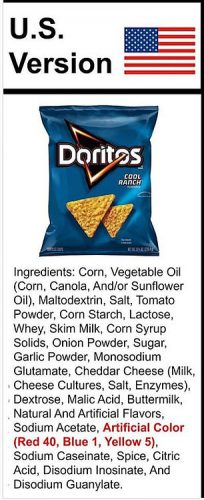
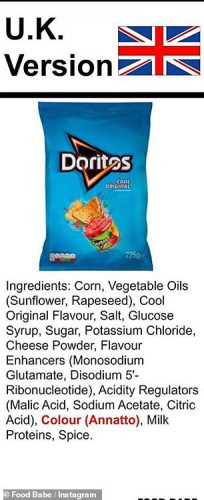
Vani is based out of North Carolina and often shares content that advocates for consumers. She has a fan base of about 283,000 followers.
She wrote, “Although artificial dyes are common in America, that doesn’t make them safe to eat.”
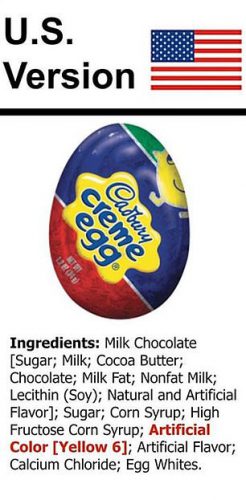
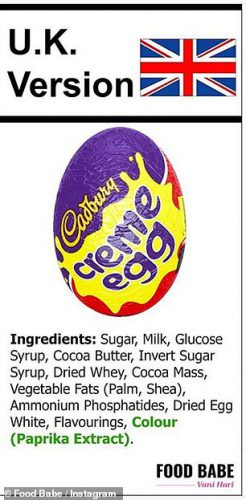
Because food companies in Europe are required to put warning labels on products with artificial dyes – similar to warning labels on cigarettes – manufacturers find natural ways to get color into their food.
“That’s one reason the U.K. version is so different,” she added.
Regulations protect consumers from harmful chemicals. Without regulations, manufacturers will do whatever they can to make more money. They’re not in it for the consumer. On average, they’re in it to make a profit.
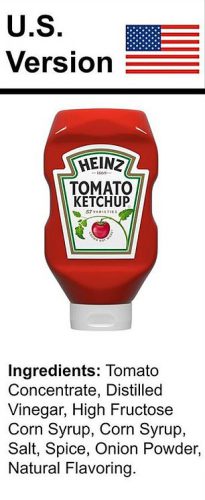
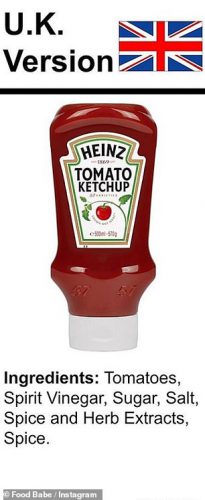
In Europe, tighter regulations protect consumers. They aren’t forced to ingest chemicals and artificial additives in popular foods.
“Companies don’t want to slap warnings all over food packages because that wouldn’t be good for business. To make matters worse, they add high fructose corn syrup, cellulose gum, and artificial preservatives to the United States version.”
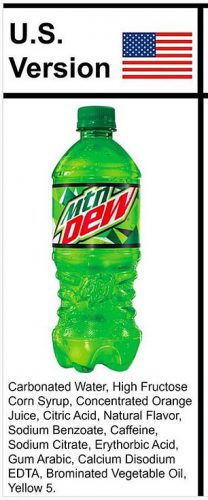
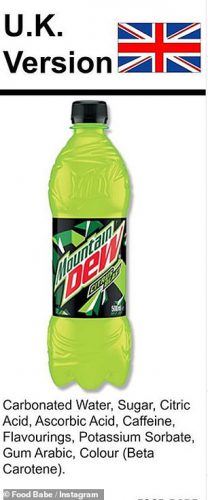
Vani believes that companies use the bad ingredients for United States versions because they’re “cheaper to produce” and “they can get away with it.”
If America’s supposed to be the greatest country in the world, why is our food tainted with artificial additives and chemicals?





